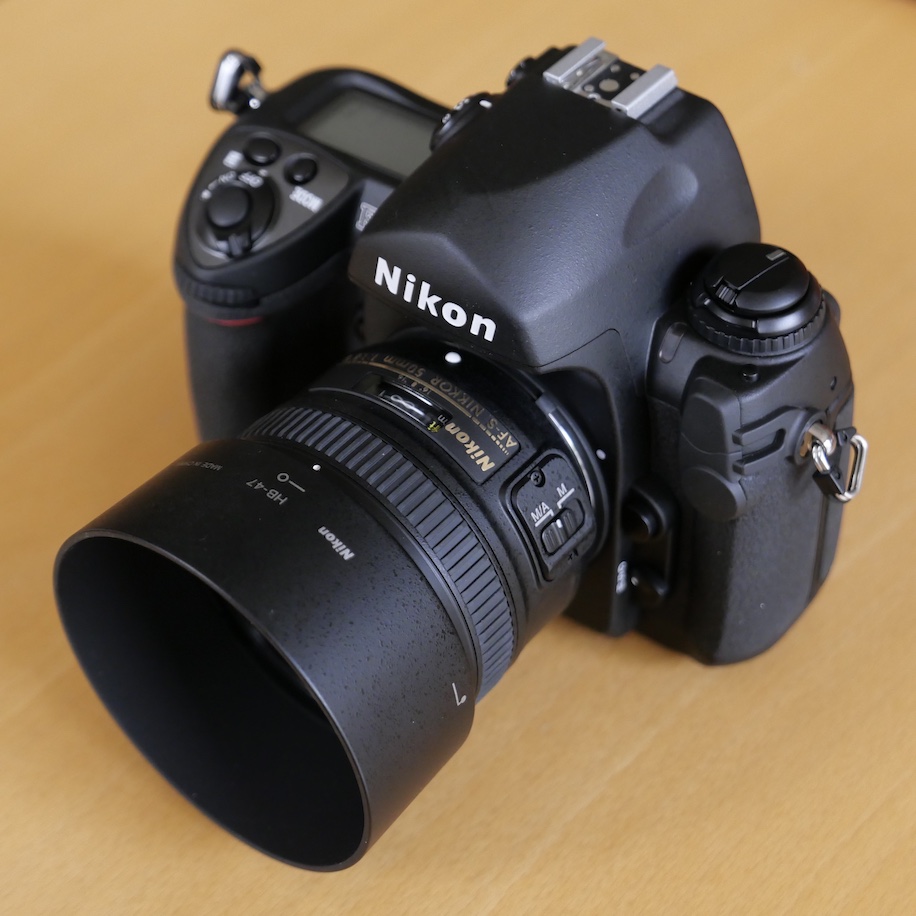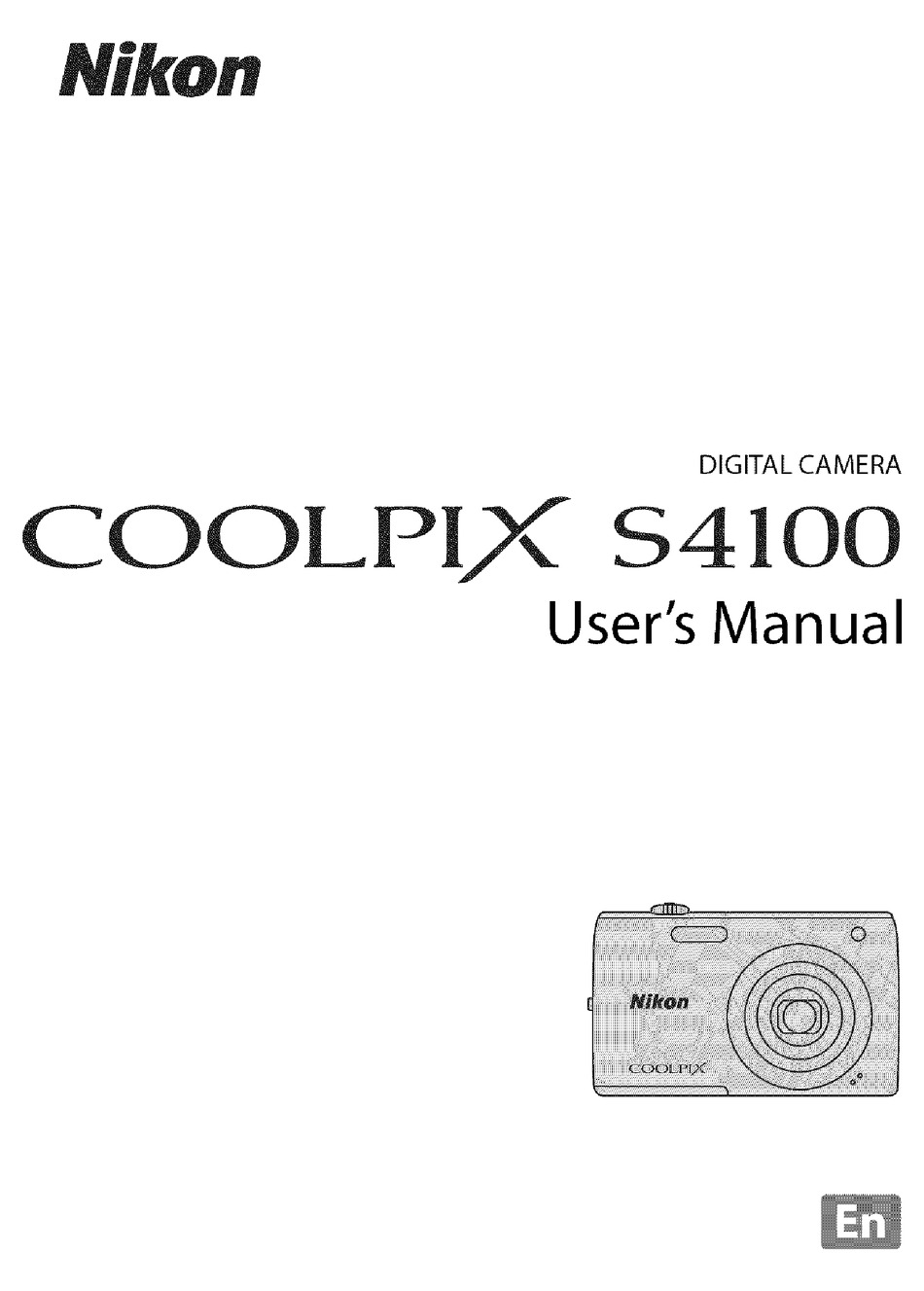
So when I go out shooting for the sake of it I take the F6 with me, and when I go out shopping but still want to take a camera with me it's the FM3A. My total weight without battery grip and with a small 28mm f/2.8 AIs lens is 1300 gr.
PRINTED INSTRUCTION MANUAL NIKON F6 MANUAL
See the manual for actual numbers on battery life.Ī less favorable attribute is its size and weight with battery grip it is actually bigger than the F5. A possibility is to use the optional battery grip MB-40 for AA batteries. The bottom left part of the body has a bevel which makes the camera sneak into your hand.īattery life of course depends on how much you shoot, but also if auto- or manual focus lenses are used, and if you are rewinding the film automatically (it can be done manual). This shutter button gives you an exact mechanical feel.Įrgonomics is excellent, also for manual lenses. This seems obvious but it is implemented extremely well in the F6. It has a light first part of the tract and then a clear point of pressure for tripping the shutter. The shutter button tactile is one of the best of all the camera's I have. The top four features I like best are the matrix measurement, film transport, the feel of the shutter button, and ergonomics.įilm is transported extremely regular and consistent with a spacing exactly the distance between two perforations, and the position of the spacing is always exactly between two perforations too, which is handy for cutting strips.Īlso, the number of frames shot can be set to exactly 36, which allows you to cut 6 strips of 6 frames consistently to store them in a standard sheet with 7 rows (I use row 1 for a paper strip with basic shooting info). The F6 is a very matured camera with all the bits and pieces in the right place, with a number of handy features, and with an excellent ergonomics also for manual focus lenses. It is actually one of the finest camera's I have, together with the FM3A.

I have a large collection of classic SLR's (Olympus, Nikon, Pentax) but I have bought a new F6 this year to have a reliable camera that can be used for the next 10 or 20 years.
PRINTED INSTRUCTION MANUAL NIKON F6 PROFESSIONAL
By the time the F6 came out Nikon figured interchangeable heads were not necessary in a 35mm professional camera, as Canon had worked out a 15 years previously. I suspect a tiny fraction of those viewfinders were ever changed, and those were in specialist applications like medical photography and microscopy. For any other application I think there are better choices. The only reason I'd buy an F6 is if I owned a decent collection of Nikon AF glass, and wanted the best AF and metering for that glass. For many years the F mount was held as the exemplar of interchangeability, but Nikon have abandoned that in recent times.

In many ways one of the later Canon EOS cameras would be a better bet as it shares a "modern" mount.

Without knowing exactly what the OP wants the camera for, I'd suggest many modern users are looking for the widest possible Nikon lens application. A long time in camera tech, and one suspects on borrowed time in Nikon's marketing and servicing strategy. The F6 is a niche camera in 2017, as it is the most technically advanced Nikon 35mm SLR made, but is still 14 year old technology. If you want to buy new, the best price seems to be in Europe at around €1700.Ĭlick to expand.I suspect a tiny fraction of those viewfinders were ever changed, and those were in specialist applications like medical photography and microscopy. Side note, if you happen to be in Japan sometime in the future, have a look there: the F6 goes for a song there (around $600 used). If you can find one at a good price, and don't mind the size or the expense, go for it!



 0 kommentar(er)
0 kommentar(er)
